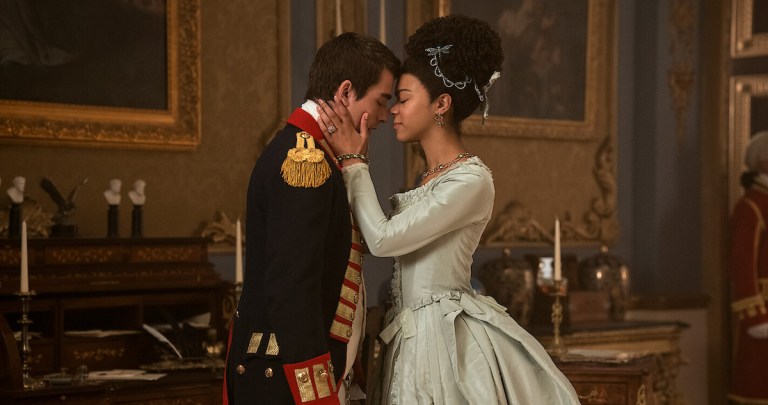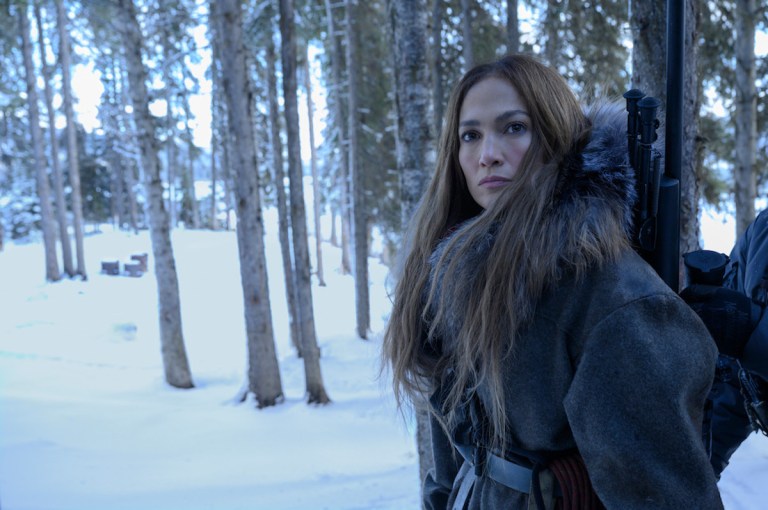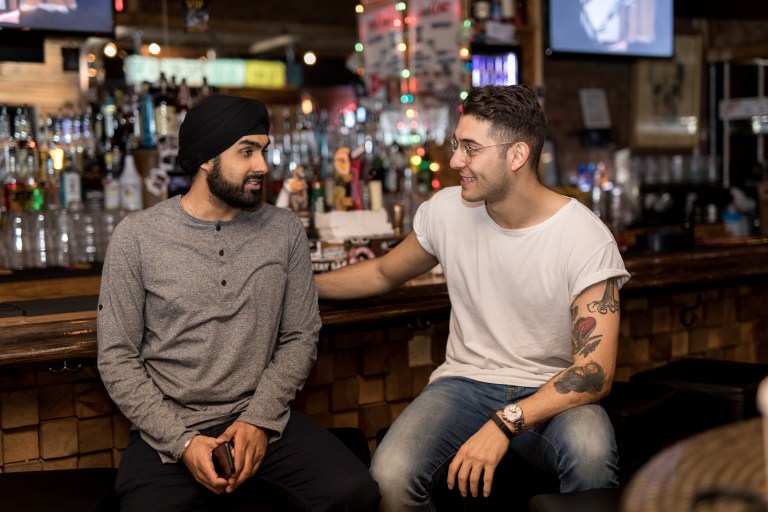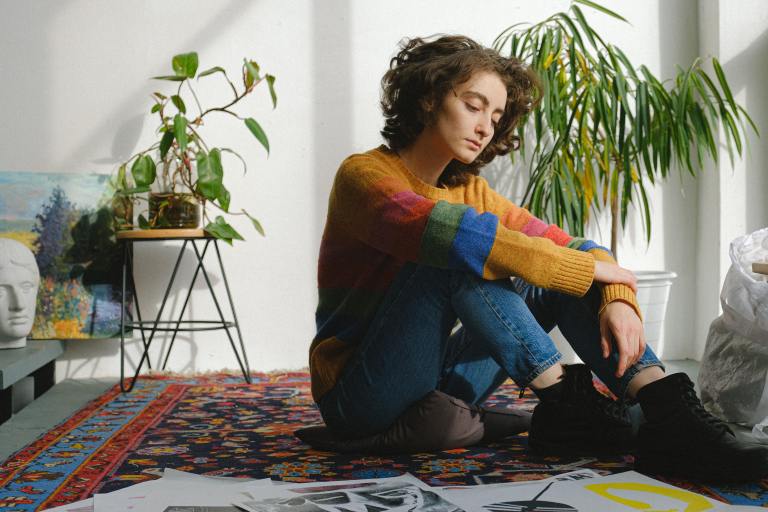Accidental Adulthood
The woman must have gotten caught on part of the undercarriage. She had been dragged for at least thirty yards.
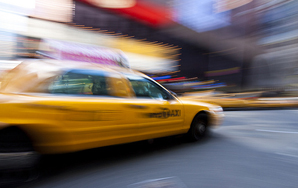
On a winter night in New York six years ago, two friends and I were in the back of a cab, heading from one bar to another, when our conversation was interrupted by a loud thump. All of us looked up in time to see the woman our cab had hit as she slid down the front of the hood. We expected the driver to slam on the breaks. We expected the driver to pull over to the curb. What we did not expect was for him to speed up.
“What the hell are you doing?” we screamed. “You’ve got to stop the cab!”
Only after we started banging on the partition did the cab driver finally pull over. My two friends and I got out of the car, thinking we would find the woman in the middle of the street, but she wasn’t anywhere in sight. That was when we noticed the feathers.
They were floating all around us. Those little bits of white fluff in the air made it seem as though we were inside a snow globe. They set the cityscape in relief, accentuating the view of skyscrapers, that checkerboard of lit and unlit office windows, those reflections in the glass of traffic lights, each of them alternating between go, caution, and stop. High beams from cars sliced through the shadows in alleyways. Matches being held to cigarettes illuminated the faces of strangers.
In the middle of that chiaroscuro I noticed a glistening streak of red. The blood on the pavement extended, like a fuse, from the corner where we had hit the woman, down the half block we had continued to drive, to the side of the street where we had finally stopped. It ended somewhere under the cab.
We all knelt to the ground and saw her body down there. The woman must have gotten caught on part of the undercarriage. She had been dragged for at least thirty yards. Although it was too dark to tell what condition she was in, whether she was breathing, whether she was conscious, whether she was alive, there was just enough light to see feathers poking through a gash in her down parka.
At the time I was 26 years old. I had recently started grad school, a choice made without much consideration of its practical aspects, such as the amount of debt involved. Back then in my mid-twenties I was still in flux as a person. It wasn’t that my adult identity had not yet been formed but that my adult identity had been formed so recently. Not enough time had passed for me to grasp what kind of person I had already become.
How my two friends responded to seeing the woman stuck under the cab seemed indicative of the persons they were. The one who worked in finance, who had recently gotten engaged, who was considering buying an apartment, immediately called 911 to request an ambulance. The one who worked in publishing, who wanted to be a writer, who slept on a mattress without a bed frame, immediately threw up on the sidewalk. It seems fitting that I had first met those two friends in college, a time when we were still becoming the adults we were that night.
“Not my fault, not my fault,” the cab driver, now by our sides, kept saying. “Not my fault, not my fault.”
I ran around to the front of the cab, got down on my knees, and tried to reach the woman. She was just a few inches too far away. Her hand opened and closed, grasping for what wasn’t there. Looking back I realize it probably was fortunate I could not reach her. She might have had a spinal injury. It might have been exacerbated if I had pulled her out from under the cab.
Within ten minutes an ambulance and the police arrived at the scene. Paramedics removed the woman from beneath the cab, being careful to keep her head aligned with her neck. She stayed quiet the whole time. Once the ambulance had driven off with the woman, a police officer asked my friends and me for a statement, and after we gave it to him, we asked the officer if he would give us a call later to let us know how the woman was doing. He said sure.
When the cop left my friends and I turned to each other. What should we do now?
Hardly a second passed before somebody came up with an answer. “We have to go to the first bar we find and order the strongest drink they’ve got.”
It didn’t take long to find one. At the bar, sipping double whiskies, my friends and I recounted the details. “I couldn’t believe that driver wasn’t going to stop.” “The blood freaked me out the most.” “I can still picture all those feathers floating in the air.” We ended each sentence with a long pull of our drinks.
These days I sometimes think about how my actions that night reflected who I was as a person. I wasn’t the responsible guy who called for help. I wasn’t the sensitive guy who lost his dinner. I was the guy who tried to pull the woman out from under the cab, and I was also the guy who could have caused her even more harm. That seems typical of myself even now. I tend to be considerate in forethought but reckless in hindsight. Every payment on my student loans is a reminder of those qualities.
We never heard from the police officer about if the woman was okay. After a second round my friends and I decided to call it a night. On the sidewalk outside the bar, we said goodbye to each other, our breaths visible in the cold air. I took the subway home. ![]()


